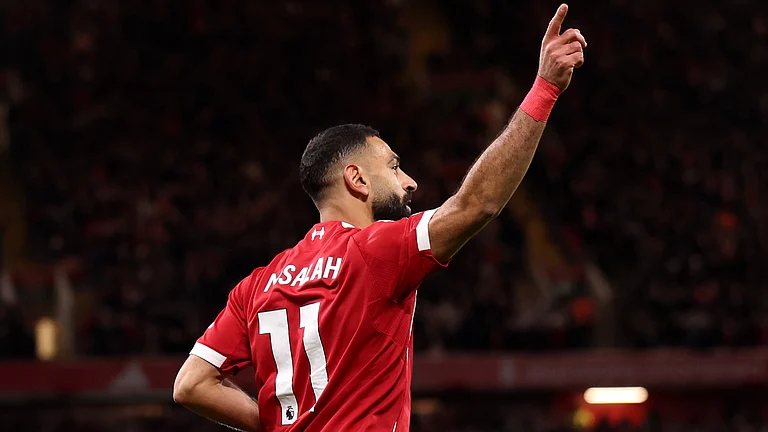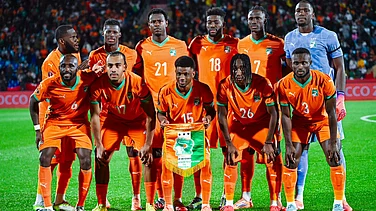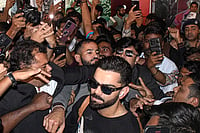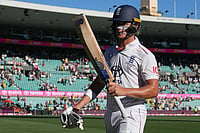Arsenal may have won the Women's Champions League for the first time in May, stunning Barcelona in the final, but they are eager to improve from a position of strength.
On the domestic front, the Gunners have watched Chelsea scoop six Women's Super League titles in a row, with the Blues also smashing the world transfer record with January's £900,000 move for Naomi Girma.
Arsenal know significant investment is required to end the Blues' dynasty. So, they have made Canada forward Olivia Smith the first £1m player in the women's game.
Smith has arrived from Liverpool in a historic deal after impressing in her maiden WSL campaign. But can the 20-year-old repay that fee?
Here, we dive into the Opta data to ask what makes Smith special.
Smith's breakout campaign
Smith was one of the WSL's breakout stars in 2024-25, scoring seven goals in her maiden campaign after arriving from Sporting CP. No other Liverpool player netted more than three times last term.
She outperformed her team-high figure of 4.4 expected goals (xG) by 2.6, giving her the best xG overperformance of any player in the Reds' squad.
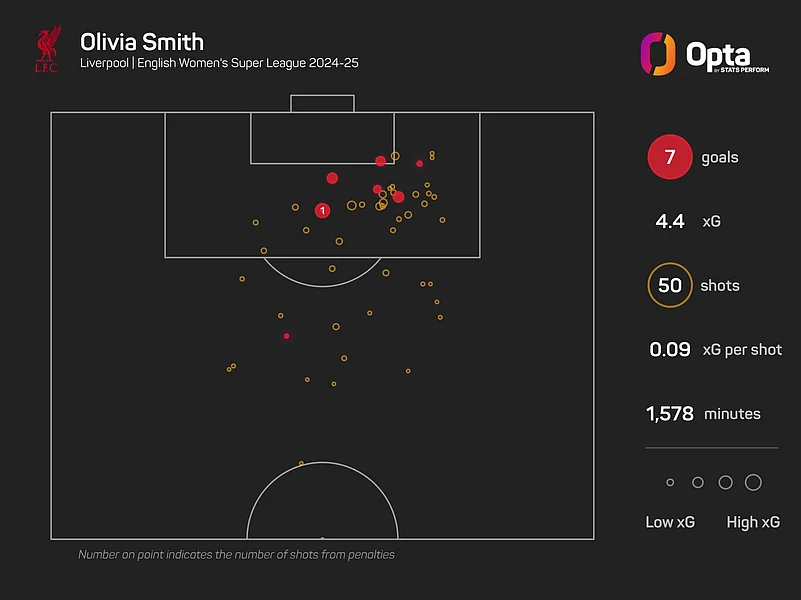
Smith led all Liverpool players for touches in the opposition box (92) and shots attempted (50) last season, recording a 14% shot conversion rate.
Only four players in the WSL attempted more shots, namely Manchester City's Khadija Shaw (52), Manchester United's Elisabeth Terland (65), and two new Arsenal team-mates – Frida Maanum (57) and Alessia Russo (73).
But Smith is not only a signing for the present, but for the future. She was the youngest player to score more than three WSL goals in 2024-25, and among all players born in 2004 or later, Smith played the most minutes (1,578), and also had the most shots (50) and shots on target (16).
Smith is more than a poacher, too. Her trickery can pose problems for opponents, with only Viviane Asseyi (51) winning more fouls than Smith's 46 in the WSL last term. Smith did win the most in the final third of the pitch, with 14.
Her propensity for winning fouls in those dangerous areas could be a major plus for the Gunners, whose six goals assisted from set-pieces were the joint-most in the WSL last term (alongside Chelsea).
Smith also recorded the ninth-most take-ons (61) in the WSL last season and the second-most successful take-ons (35). Of the 10 most prolific players for take-ons, she also had the best success rate, at 57.4%.
Last season, only Russo (21) had more carries ending in a shot than Smith in the WSL (20), so defenders coming up against Arsenal could find themselves contorted into knots.
Smith could play anywhere across Arsenal's frontline, but she will be confident of adding further goals to the WSL's most prolific attack.
Of all WSL players to play 800+ minutes last season, only three saw a higher proportion of their sequence involvements come when they were solely responsible for taking the shot at the end of a move. They were Terland (17.3%), Shaw (14.6%) and Russo (10.4%).
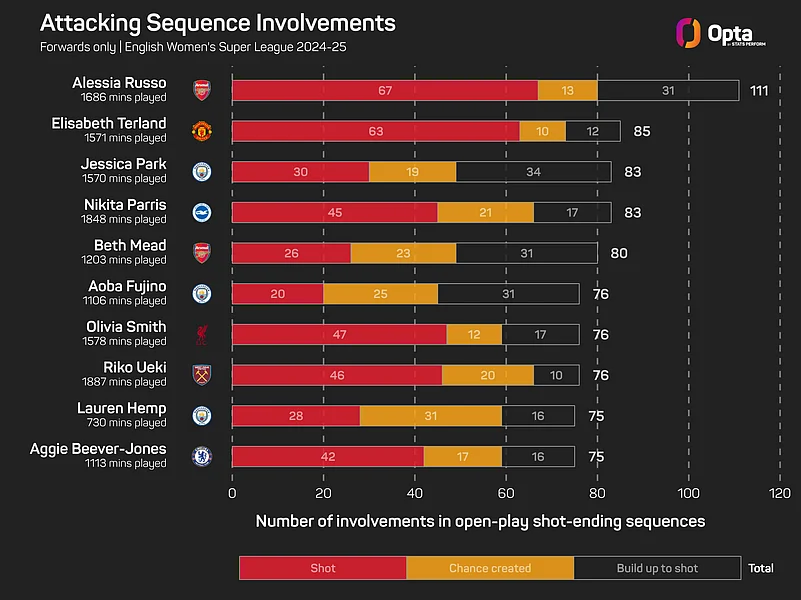
Smith versus other wonderkids
But how does Smith measure up to other wonderkids plying their trade across the continent?
Smith's 76 open-play shot-ending sequence involvements in 2024-25 put her joint-seventh among players aged 20 or under in Europe's top five leagues.
She ranked behind Linda Caicedo (138), Salma Paralluelo (106), Ornella Vignola (93), Sydney Schertenleib (81), Zara Kramzar (80) and Cora Zicai (88), and is level with Man City's Aoba Fujino.
Only two players aged 20 or under, meanwhile, bettered her seven goals in Europe's big five leagues. They were Vicky Lopez (10) and Zicai (eight).
Smith's figures in her maiden campaign also stack up favourably when compared to those put up by several WSL icons in their debut seasons.
Her seven goals in 2024-25 are more than Mayra Ramirez (four goals in 2024-25), Russo (three in 2020-21), and even the competition's all-time leading scorer, Vivianne Miedema (four in 2017-18), managed in their first campaigns.
Shaw netted nine times upon her arrival in the league in 2021-22, while Chelsea's Sam Kerr netted 21 times in her first full season in 2020-21, after COVID-19 curtailed the 2019-20 campaign. Only Rachel Daly (for Aston Villa in 2022-23) and Miedema (for Arsenal in 2018-19) have ever bettered that latter tally in a single WSL season.
When looking at chances created, Smith (15) did beat Terland (14), Shaw (nine), Russo (five) and Miedema (10) in her maiden campaign.
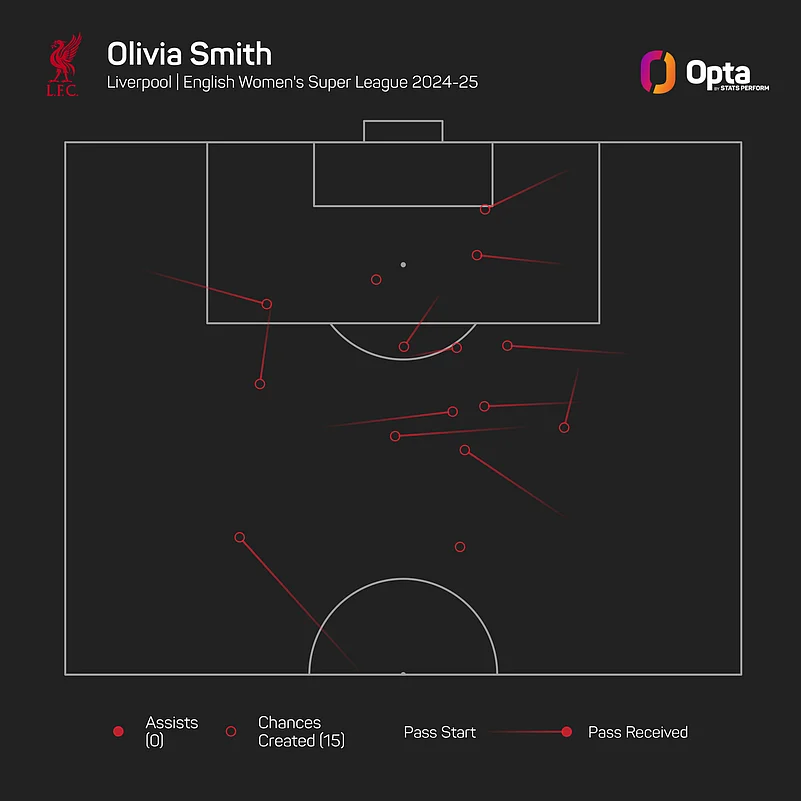
A natural fit?
Given her eye for goal and ability to create chances for others through direct carrying, not to mention her huge potential, splashing out for Smith appears a no-brainer.
However, her arrival will amplify an existing selection headache for Arsenal boss Renee Slegers.
Arsenal were the WSL's leading scorers last season, with 62 goals. In Russo (12), Mariona Caldentey (nine), Beth Mead, Maanum (both seven), Caitlin Foord (six) and Stina Blackstenius (five), the Gunners had six players net five goals or more.
That was the most in the division, with Man City having five players reach that mark. Title winners Chelsea only had three players do so.
Arsenal have also made their loan deal for Chloe Kelly permanent after she impressed in the latter stages of the season, recording two goals and five assists in all competitions.
But Smith's hefty fee will dictate that she gets plenty of minutes, and she is capable of operating across the frontline, having played 62% of her WSL minutes as a central striker last season. She played 37% on the right flank and 1% on the left.
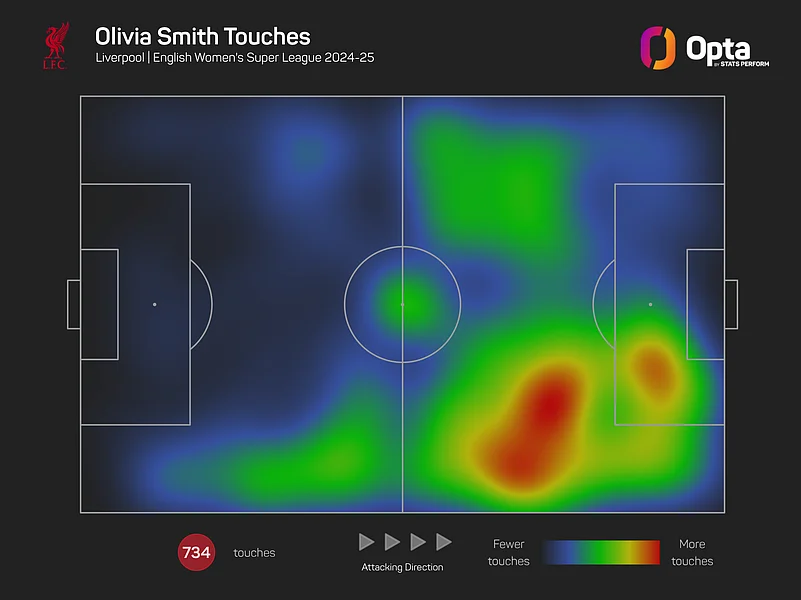
To challenge Chelsea, Arsenal know they need two world-class players for each position. Defending their European crown will also further stretch the Gunners' resources.
Of the aforementioned Arsenal quintet, only Russo (1,686) and Caldentey (1,774) bettered Smith's 1,578 WSL minutes last term, while only the Spaniard matched her 20 starts.
But with such fierce competition for places, the Canadian may have to get used to being rotated slightly more often.
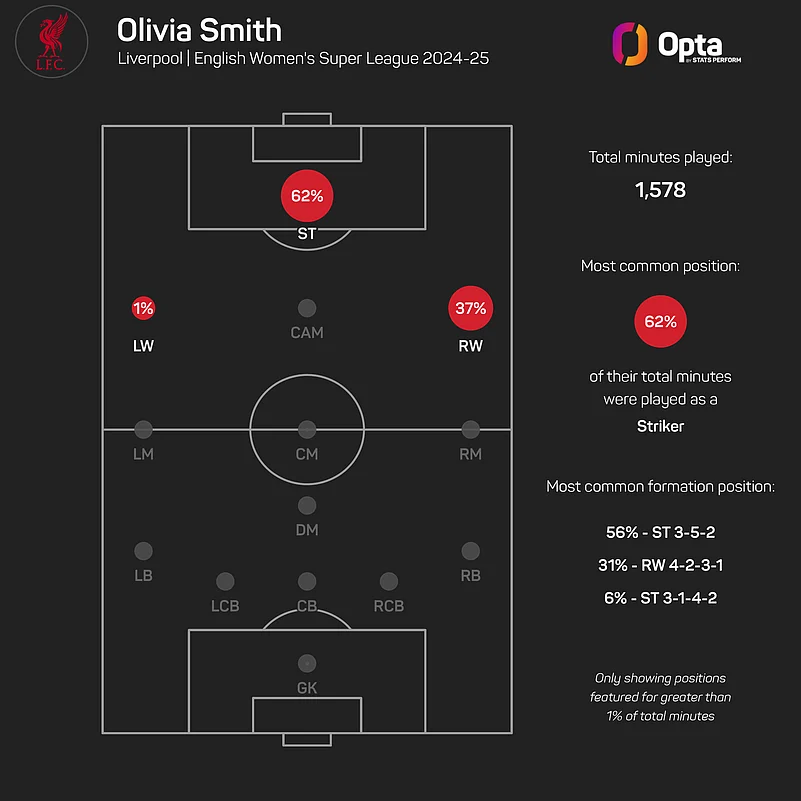
Fortunately, she has already proven she is adept at making the most of limited opportunities, and Arsenal should definitely provide her with more frequent chances than Liverpool – whose 22 goals were the WSL's third-fewest last term.
Smith will be moving from one of the worst attacking teams in the WSL to the best – they also play very differently, with Arsenal averaging 62.2% possession last season and Liverpool down at 47.2%.
Smith received only 8.5% of her passes inside the penalty area last season, with Russo doing so 17.6% of the time and Blackstenius doing so on 25.7% of occasions.
The 20-year-old should thrive as part of the best attacking unit in the WSL, and her positional flexibility could give her an edge on the competition.
Smith's transfer is a huge moment in the development of women's football, and she will be confident of paying Arsenal back with interest.








